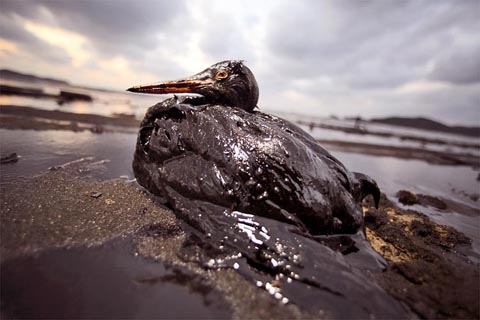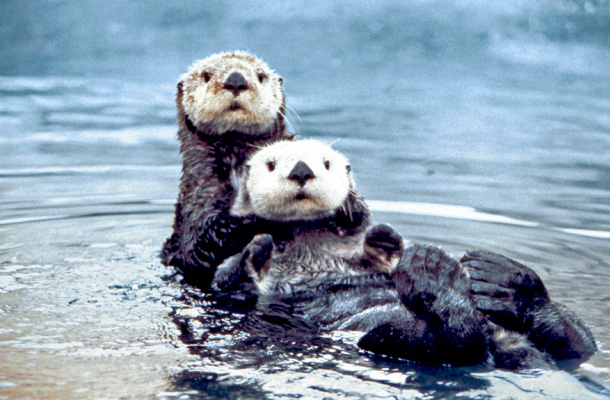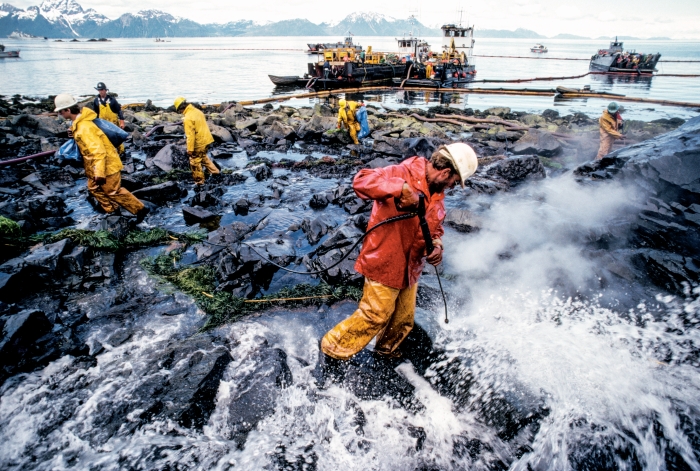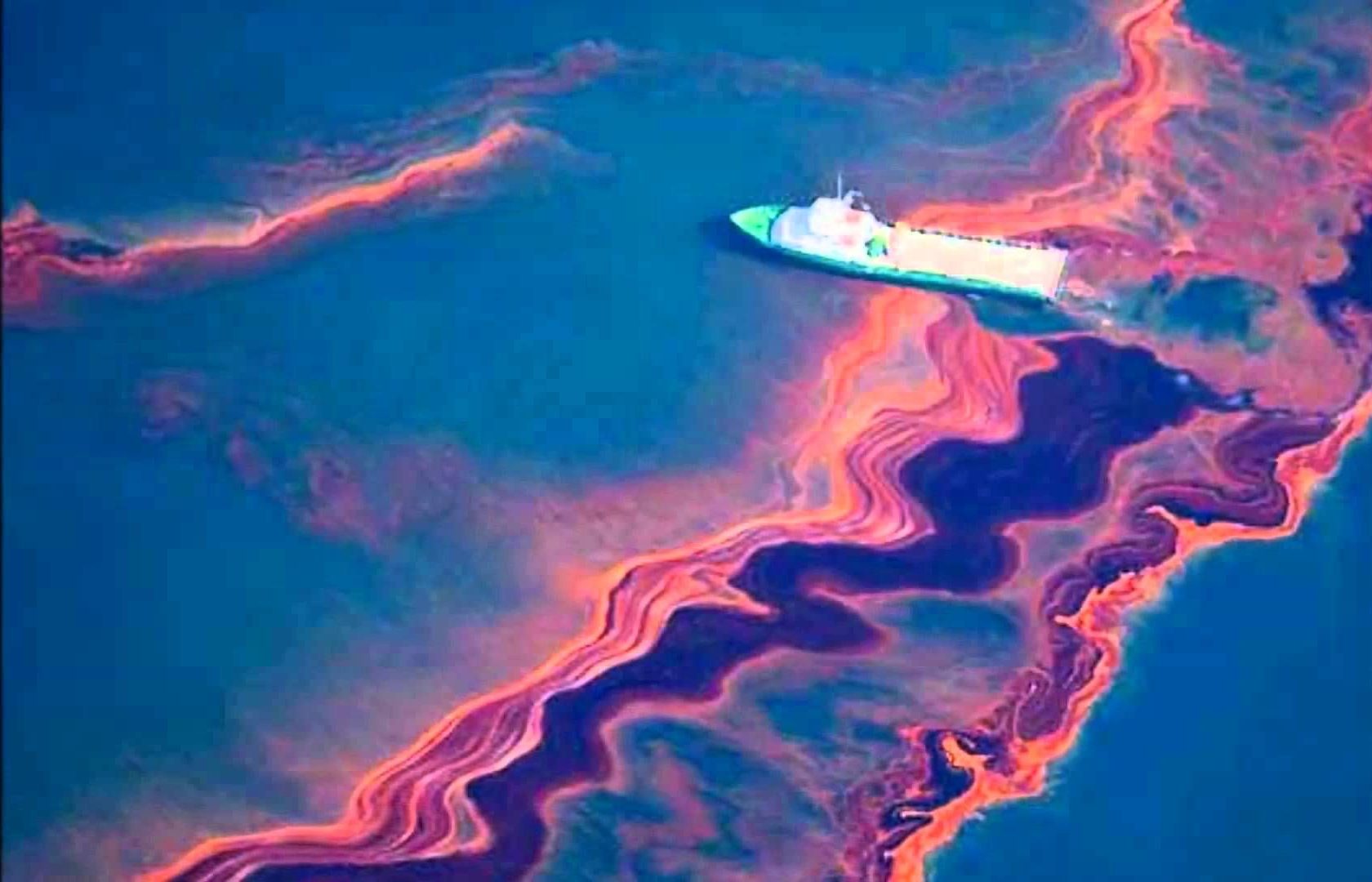The Economic Impact of Oil Spills crosses billions: Just How Much Do These Accountable Corporations Recompense for Oil Spills?
Around the second week of august India sent about 30 tonnes of materials and equipment through an Indian air force aircraft to Mauritius. Why you ask? Well our neighbour island Mauritius needed help regarding containing the oil spill on its pristine southeast coast. A team of 10 members from the Indian coast guard was deployed to Mauritius to increase all the required help.
The actions that are taken on time an accident like these help to scale back the impact on the environment. Not only are these oil spills hazardous but it’s extremely harmful to the lives of marine plants and animals.
The world uses nearly countless amounts of oil per annum in one form or another. The us alone has been consuming a complete of over 7 billion barrels of petroleum products a year, or around 20 million barrels each day in recent times. This reliance on fossil fuels has its own host of long-term environmental problems, but once you have an oil spill, you create another world of issues.
The environmental impact of Oil spills within the water bodies:
Oil spills can happen for a spread of reasons, from careless mistakes or equipment breaking down, to natural disasters like hurricanes. consistent with the National Oceanic and Atmospheric Administration, there are thousands of oil spills that occur in US waters per annum .

That said, most are relatively small compared to the large ones that make the news, often spilling but one barrel of oil. However, within the past 50 approximately years, there are over 44 oil spills — each over 10,000 barrels or 420,000 gallons of oil — that have impacted US waters.
These spills have the potential to be very harmful to the environment, marine life, and even humans. After a spill, since oil is a smaller amount dense than water, it’ll typically float on the surface of the water.
It doesn’t just stay there in some big glob, though. What usually happens is that the oil will rapidly opened up over the surface of the water until it becomes a skinny layer of oil referred to as an slick .
Then it keeps spreading out until it forms an excellent thin layer called a sheen. But that thin layer of oil are often an enormous problem. Our fur-bearing mammal friends, just like the adorable Enhydra lutris , can lose their ability to insulate themselves when covered in oil and birds can lose the water repellence of their feathers. Without proper insulation, they will find yourself dying from hypothermia.
Not to mention, if they struggle to wash themselves, they could ingest a number of that oil. While fish, shellfish, and other underwater creatures can inherit contact with oil if it’s mixed into a water column. Adult fish can experience fin erosion when exposed to grease , also as reduced growth rates and enlarged livers. It also can hinder their reproduction. albeit they will successfully make eggs, the oil can negatively impact egg and larval survival.

What’s worse is that these sorts of things can last long after the news stops covering them. you recognize the BP oil spill that happened a few decade ago? Some reports claim that animals are still being negatively impacted by the lasting effects of the spill albeit clean-up has largely gotten obviate the initial problem.
Oil spill clean-up can involve a bunch of various tools, including floating barriers called booms, chemical dispersants and biological agents, and skimmers, which are boats that skim or scoop spilled oil off the water’s surface.
But still, we’re likely talking months, or maybe years, of clean-up if the spill is bad enough, and ecosystems that are damaged long after the initial contamination goes away.
Researchers from a 2015 Canadian study threw around some hard truths once they said that the truth of an oil spill clean-up is that really collecting and removing the oil may be a challenging, time-sensitive, and sometimes ineffective process — even with favourable conditions.
In addition to all or any of the time, effort, and negative effects of the spill, some clean-up methods can mess with marine life even worse that the oil itself. That’s why ensuring that as few oil spills happen as possible should be the goal.
But have you given a thought about the economic aspect of the oil spill?
The deep water horizon disaster that took place in the Gulf of Mexico 10 years ago is regarded as one of the biggest oil spills of all time. The oil company had to pay more than 30 billion dollars for the clean-up process by 2015.
Another example is that of oil giant Exxon about 11 million gallons of crude oil spilled when an oil tanker named Exxon Valdez hit a reef. The crude oils built over the coastline of Alaska in 1989 resulted in major economic and social impact.
A question arises here what are the factors that affect the cost of clean-up of any oil spill accident.

It takes a lot of cash to clean up even the smallest oil spills, taking place in water bodies mainly. See one of the most important factors that determines this cost is the type of oil. This is coupled with other factors like the biological as well as economic characteristic of the location where the spill has taken place.
Let’s cover these factors that are generally considered while calculating the cost of oil spills.
The first factor in this list is the type of oil that has spilled. This is one of the most crucial and decisive factors. Generally, the products that are refined like diesel or gasoline as well as light crude oils do not stay on the surface of the water for a longer period of time.
This is because they evaporate quickly or often disperse naturally. But the heavy crude oils and the fuel oils are the ones that cause problems.
If spilled as these oils are highly viscous they do not disperse naturally. They have the potential to even spread over a wide range of surfaces from the point where the spill actually takes place. Thus cleaning the spillage of such heavy oils needs proper equipment and planning that ultimately increases the cleaning cost a lot.
Next is the amount of oil spill. For instance, a spill of let’s say 1 lakh tons of oil will lead to more contamination as compared to a spill of 10,000 tons. More contamination means higher cost of cleaning but this is not always correct. Thus the clean-up process of oil spill due to an accident is calculated by taking the average cost of spills of different sizes in the account.
The third factor is this pattern of spillage. The pattern of spillage and water bodies due to any mishap is an important factor that is considered while estimating the cost of clean-up.
For example, if the oil spill has occurred over several months due to a damaged tanker that’s quite close to the coast it would require a lot of maintenance and clean-up efforts as well as cost. Because in this case the cleaning up process needs to be carried out regularly and it affects the fishery resources as well as tourism.

Next in this list is location. The location where the oil spill has taken place matters because this decides the extent of damage to the environment and the economic resources. Finally, the extent of the clean-up required is estimated.
For example, if the oil spill takes place far from the coastal area then the surveillance and monitoring of oil movement over the surface of the sea are done aerially.
Well the cost that goes in this case is relatively low as compared to the oil spills that take place near to the coastal area. If the oil spill is near the coast then the capital required to clean it depends on the accessibility of manual clean-up cost of local labour, etc.
With this the nations where agriculture fishing or tourism forms an important source of living for its citizen any kind of oil spill near coastal area leads to economic disruption on a significant scale followed by location is the factor of termination of the clean-up process.
Any kind of clean-up oil spill process if it continues to be ineffective then it must be terminated at the right time if not then it adds up to the unnecessary cost for the authorities of the country doing it. A team of experienced technical and scientific advisors are needed to estimate monitor the proper execution of the clean-up process that adds to the cost of cleaning.
So these were the few factors that majorly determine the cost of cleaning of any oil spill in national or international waters. Next time you come across any news of an oil spill you can now guess the economic impact it can have in the coming days.

